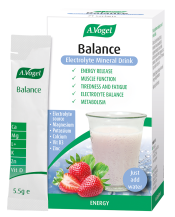Why is snacking so important?
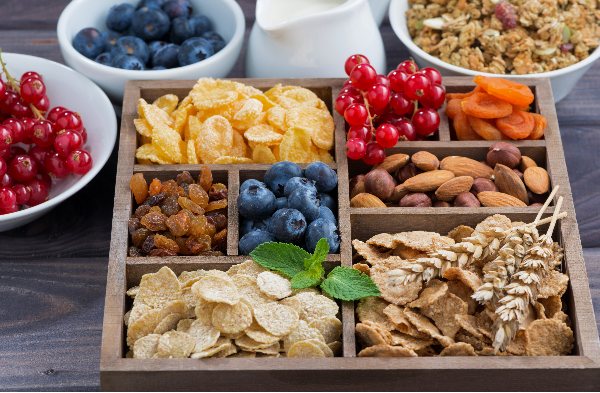
What you decide to eat between meals is just as important as what you choose to eat at breakfast, lunch or dinner, especially if you are going on a long-distance cycle.
The right foods can make a real difference, helping to maintain your energy levels, feed your muscles and fight off fatigue. If you are going to be cycling for any more than an hour, it is recommended that you bring something along to nibble on.
However, just as the right foods can make a positive difference to your cycle, the wrong foods can also have just as big of an impact. If you’ve been pedalling for two hours and can feel your blood sugar levels dropping, it might be tempting to stop and snack on a Snickers bar or munch on a packet of crisps.
This could be a real mistake though. Sugar treats are temporary fix – you may feel better for a little while but eventually that sugar high is going to turn into a sugar crash, leaving you feeling every bit as lively and energised as the average sloth. Not so good if you’ve still got another 40 miles to pedal!
Just the same as not having the right snacks can have a less than positive impact on your cycle, not snacking at all can be just as bad, if not worse! If you’re cycling a long distance you are going to be burning a lot of energy – if you don’t try to support your muscles or blood sugar levels during this time, you are going to encounter a lot of problems, ranging from dizziness to fatigue.
7 great snacks for cycling
So snacking is essential, at least for a long-distance cycle, but what foods should be on your list? Recently, even Mars Bars and Snickers claim to have upped their protein game but that doesn’t necessarily make them any healthier.
The truth is that a lot of purported health bars are loaded with refined sugars so sometimes the best option is to keep things simple. Below I’ve provided a list of my favourite snacks including some of my favourite brands and useful recipes you can try to maintain your energy levels and support your sporting performance!
1 – Get nutty about nut butters
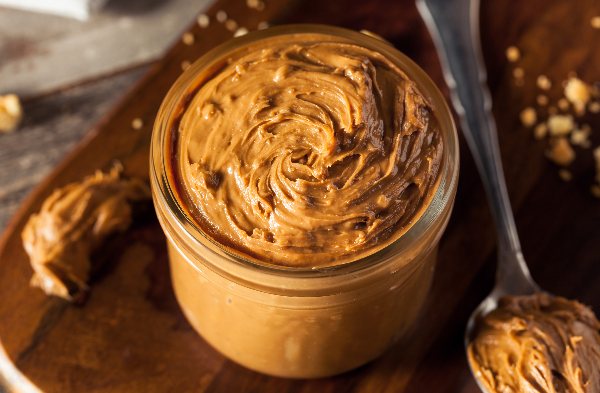
Move aside peanut butter, you’re starting to face some serious competition! Nut butters are definitely on the up and up in terms of popularity and it’s easy to see why. They’re an excellent source of dietary fibre and protein, not to mention they’re incredibly versatile.
You can spread them over some wholemeal toast, add them to your smoothies and energy balls, or even enjoy them with a slice of banana. Now of course most of you are probably familiar with peanut butter and consider it a classic favourite but my advice would be not to limit yourself.
There’s a whole world of nut butters out there – cashew, almond, macadamia, brazilnut and even pistachio! They’re chockfull of healthy fats and may even help to improve your cholesterol.1
However, it’s important to make sure you choose the right nut butter. Unfortunately, a lot of companies add sugars and salt to their products and condone the use of palm oil. It can be a bit of minefield for the novice nut butter enthusiast so it’s always worth checking the label first.
A few of my favourite nut butter brands include Meridian and Pip & Nut. Both companies clearly care a lot about the ingredients used in their products, Meridian prohibit the use of palm oil in their butters while Pip & Nut exclude any refine sugars.
My recommendations:
Meridian’s Cocoa and Hazelnut Nut Butter
Pip & Nut’s Cashew Butter
Roasted Spicy Nut Mix
2. Supercharge with seeds
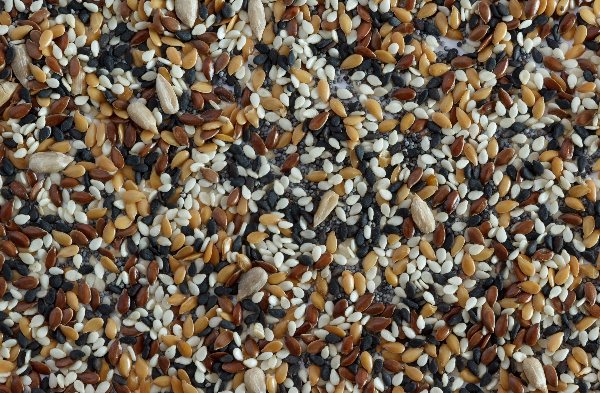
Seeds can be a controversial snacking option – some people can’t resist munching on a few sunflower seeds, others condemn them as ‘bird food.’
That criticism does seem a bit unfair though – seeds are absolutely loaded with goodness, from minerals like magnesium to the ultimate super-seed, Chia, which is bursting with omega fatty acids! Below I’ve listed a few of my favourite seeds and their amazing health benefits – how you choose to eat them is up to you!
| Seeds | Benefits |
| Sunflower | Rich in B vitamins as well as antioxidant vitamin E, phosphorus and selenium. Provides a great source of healthy fats, helping you to feel fuller for longer! |
| Pumpkin | Bursting with mood-boosting magnesium and immune-supporting zinc, as well as plant-based omega fats. |
| Flaxseed | Loaded with omega fatty acids and plenty of dietary fibre to support healthy digestion. Naturally anti-inflammatory and great for helping to balance your blood pressure. |
| Chia | Concentrated source of omega fatty acids, calcium, potassium and magnesium. High in antioxidants, fibre, protein and omega fatty acids. Great for keeping you energised and supporting your metabolism. |
| Sesame | Provides a great source of magnesium, calcium and phosphorus. Packed with dietary fibre and great for maintaining normal blood pressure and strengthening muscle tissues. |
| Hemp | Incredibly high in essential fatty acids, including GLA and Omega-3 and 6. Rich in iron, B vitamins, vitamin D and vitamin E. Good for those that suffer from gluten or nut allergies! |
So as you can see, there’s a lot to be gained from increasing your intake of seeds. However, I can appreciate the idea that nibbling away at a pack of sunflower seeds might not be the most thrilling taste sensation. Luckily you can incorporate seeds into a variety of dishes from trail mix to butters.
My recommendations:
Meridian’s Organic Pumpkin Seed Butter
Meridian’s Organic Sunflower Seed Butter
3 – Dry your fruit up
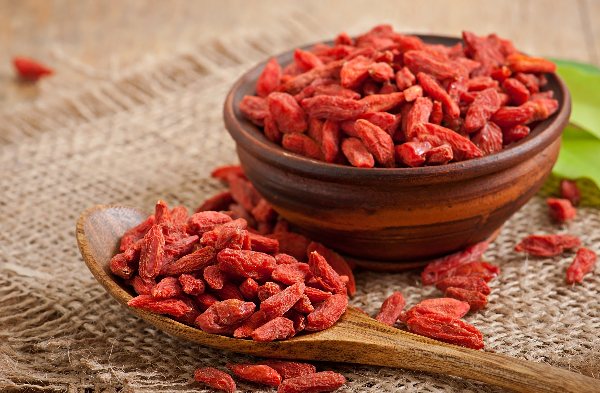
Dried fruit can provide a tasty and slightly sweeter alternative if you aren’t keen on the idea of nuts and seeds. It’s also much more convenient than carrying around fresh fruit which can be easily bruised or spoiled.
Most dried fruits do manage to retain their content of vitamins and minerals, containing an abundance of dietary fibre and antioxidants. There’s also an incredible variety that you can choose from – raisins, prunes, apricots, figs and dates, you name it and you can probably find a dried version!
Arguably the most famous dried fruit of them all is the goji berry. Extremely difficult to get fresh, you will probably only be familiar with dried goji berries. Famous for their vitamin C content as well as being rich in iron, selenium and certain polysaccharides, these berries definitely have a reputation for being a superfood.
I would recommend getting a hold of some if you can – they’re great for balancing your blood sugar and maintaining your energy levels!
My recommendations:
Superfoodies Organic Goji Berries
Just Natural’s Wholesome Pitted Dates
4 - Go bananas
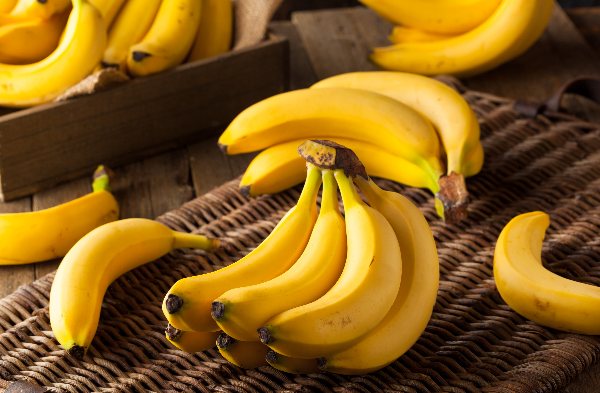
Speaking of fruit, it’s important you don’t forget about the fresh stuff. Dried fruit is all well and good but nothing can beat a good old-fashioned banana.
Chockfull of potassium, bananas are great if you’re looking to keep fuller for longer, not to mention they also play a crucial role in your metabolism. Providing a nice, slow release of energy as opposed to a quick sugary hit, they’re ideal if you’re looking for a food that may help to increase your endurance.
There is also a lot of evidence to suggest that they can help to improve your sporting performance too, with two bananas alone powering you through 90 minutes of strenuous exercise. Not bad! Definitely keep at least one on hand if you’re planning for a long-distance cycle!
My recommendations:
Healthy Banana Brownies
Banana and Avocado Smoothie
5 – Make your own energy bars
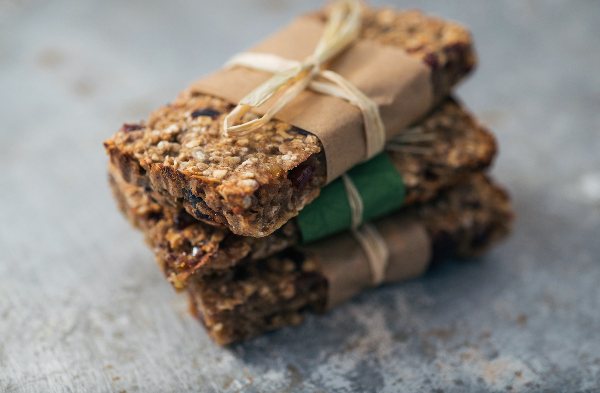
As I mentioned earlier, energy bars seem to be popping up everywhere but sometimes they can be every bit as sugary and unhealthy as the chocolate bars they’re aiming to replace. What is the solution then, if you can’t trust high-street brands? Making your own of course!
You don’t have to be a masterchef, your food processor will probably do most of the work for you. What you do need is a good list of ingredients – and I’ve already covered a good chunk of them so far in this article!
Oats might be worth purchasing – not only are they a complex source of carbohydrates, they’re brilliant for keeping you full. My favourite recipes for energy bars also like to incorporate dates too, so it might be worthwhile setting some aside from your snack box.
My recommendations:
Easy No Bake Orange Oat Bars
No Bake Cherry & Almond Snack Bars
6 – Stock up on boost balls
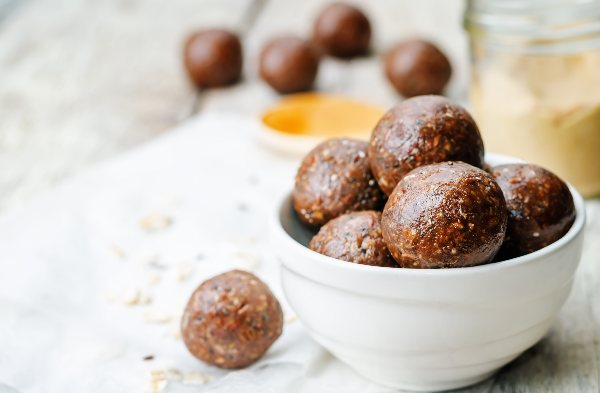
Similar to energy bars, boost balls are great way of satisfying your hunger pangs and they are full of dietary fibre. You can add everything to them from chia seeds to cashews – all you need is a working food processor and a bit of creativity. Why not spice things up by adding a hint of warming cinnamon or even chocolaty cacao?
I’m personally quite partial to rolling mine is desiccated coconut just for an extra touch of texture! Below are a few of my favourite boost ball recipes but you can adjust them to suit your own preferences!
My recommendations:
Coconut and Cashew Amazeballs
Chocolate Orange Boost Balls
Cinnamon and Chia Seed Energy Balls
7 – Blitz up a smoothie

My final piece of advice would be to try and blitz up a smoothie. Not only is this a great way of ensuring you get enough fruit and veg, it’s also easier to consume on-the-go and there are an endless variety of recipes to follow.
You could even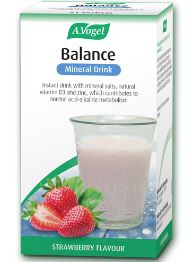 try adding a sachet of our Balance Mineral Drink to one of your smoothies to help fight fatigue and supply your body with valuable electrolytes. Let’s not forget that if you’re sweating, you’re likely to be running low on electrolytes and other valuable trace minerals so this could be a really smart addition.
try adding a sachet of our Balance Mineral Drink to one of your smoothies to help fight fatigue and supply your body with valuable electrolytes. Let’s not forget that if you’re sweating, you’re likely to be running low on electrolytes and other valuable trace minerals so this could be a really smart addition.
Even more adventurous still, why not consider adding some Beetroot Juice to your smoothie? Research suggests that this vibrant juice could help to improve our stamina and oxygen uptake as a result of the high nitrate content! Read our blog on this to find out more.
Protein powders are another popular choice for a lot of cyclists when it comes to making a smoothie – just make sure you pick an organic brand like Pulsin or Purition to avoid any unwanted additives or chemicals!
My recommendations:
Three energy boosting smoothies
Cashew and Banana Smoothie
Blueberry & Oatmeal Smoothie







